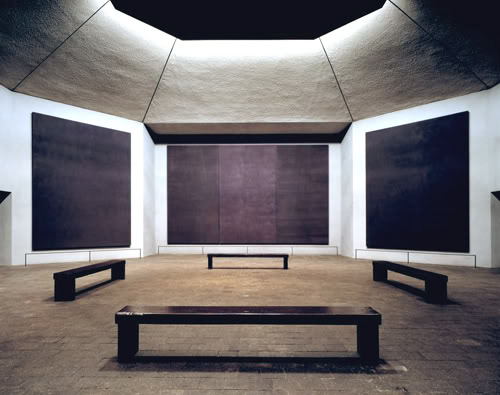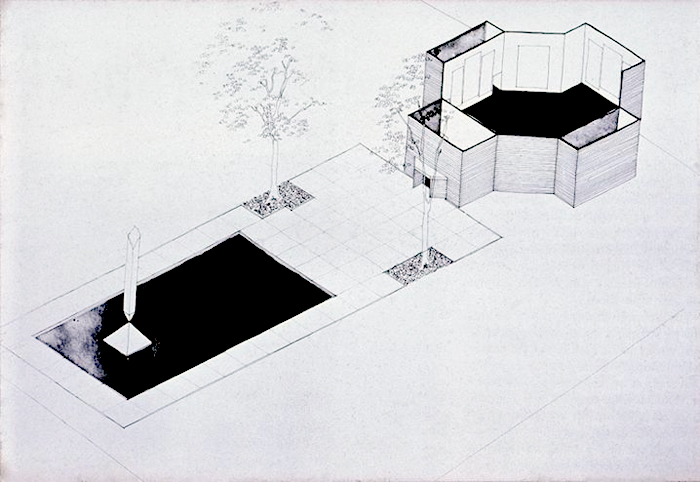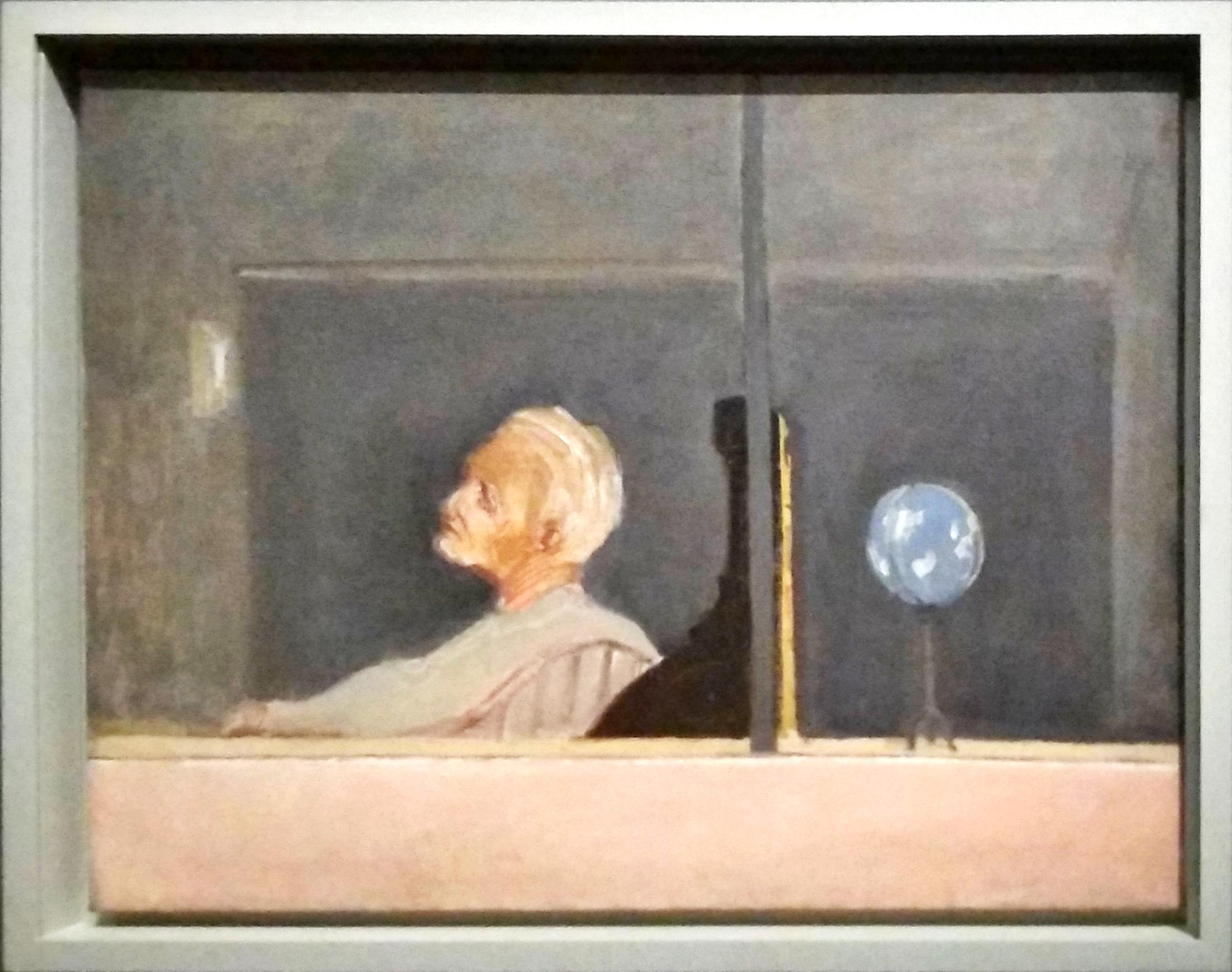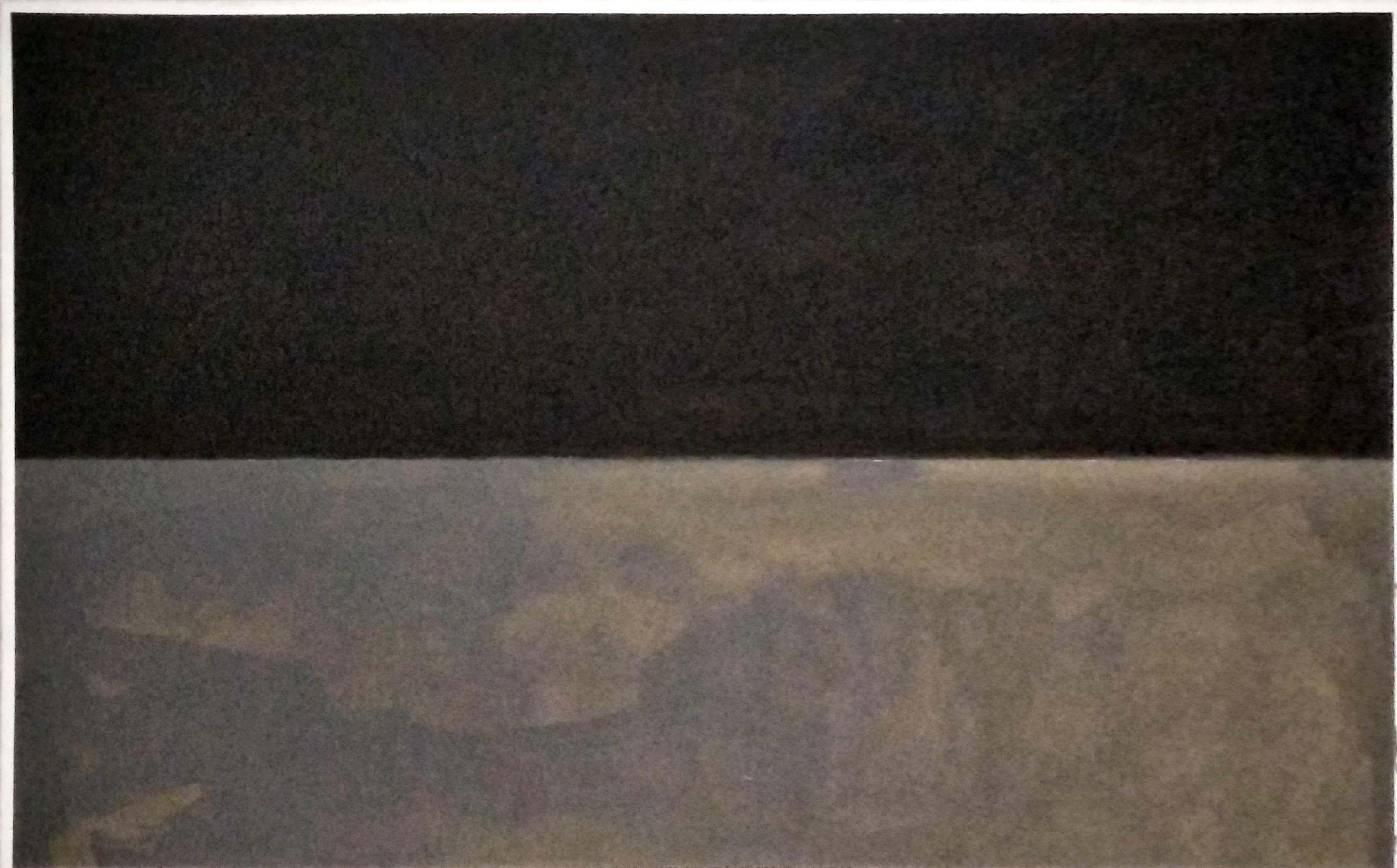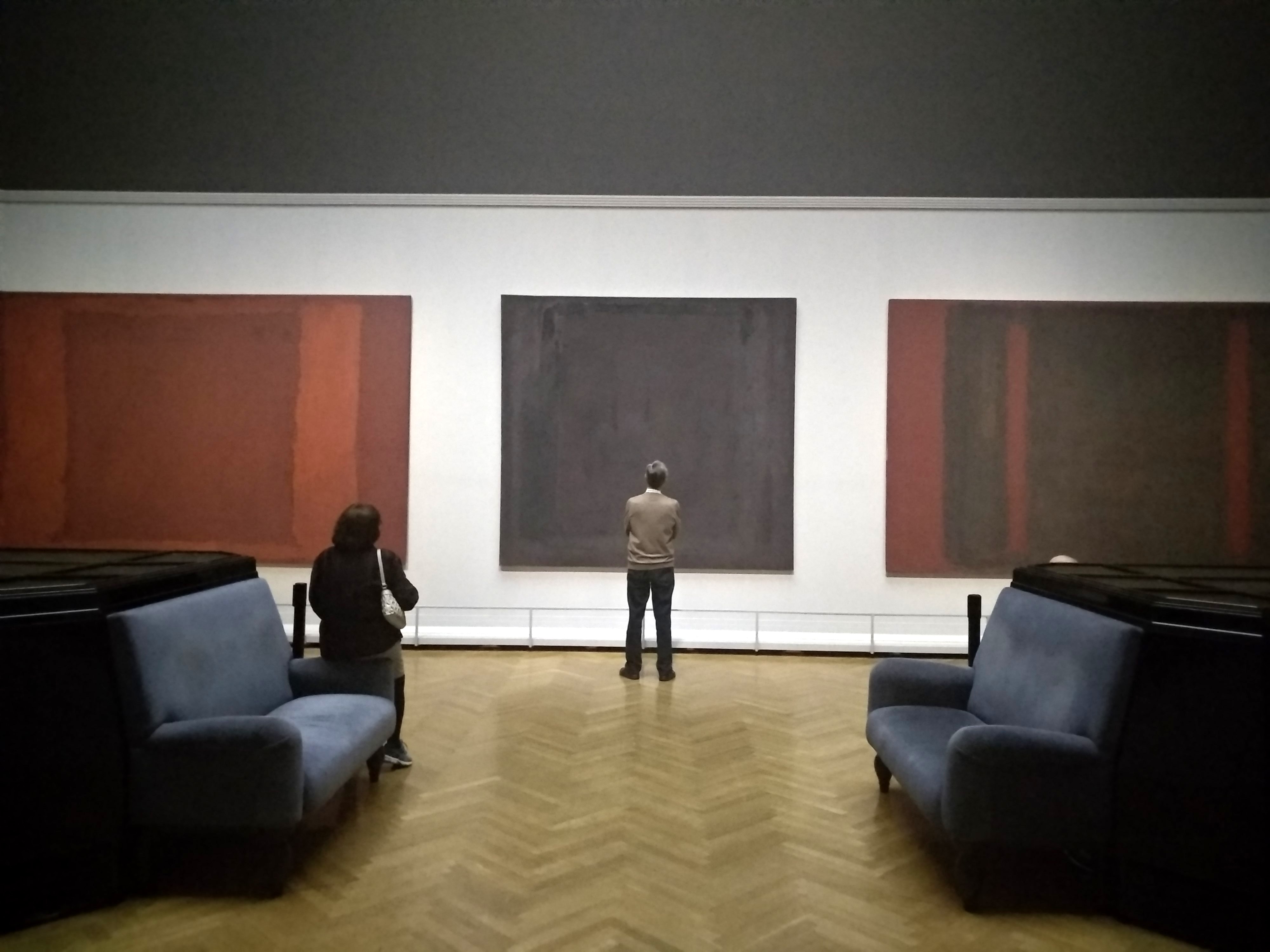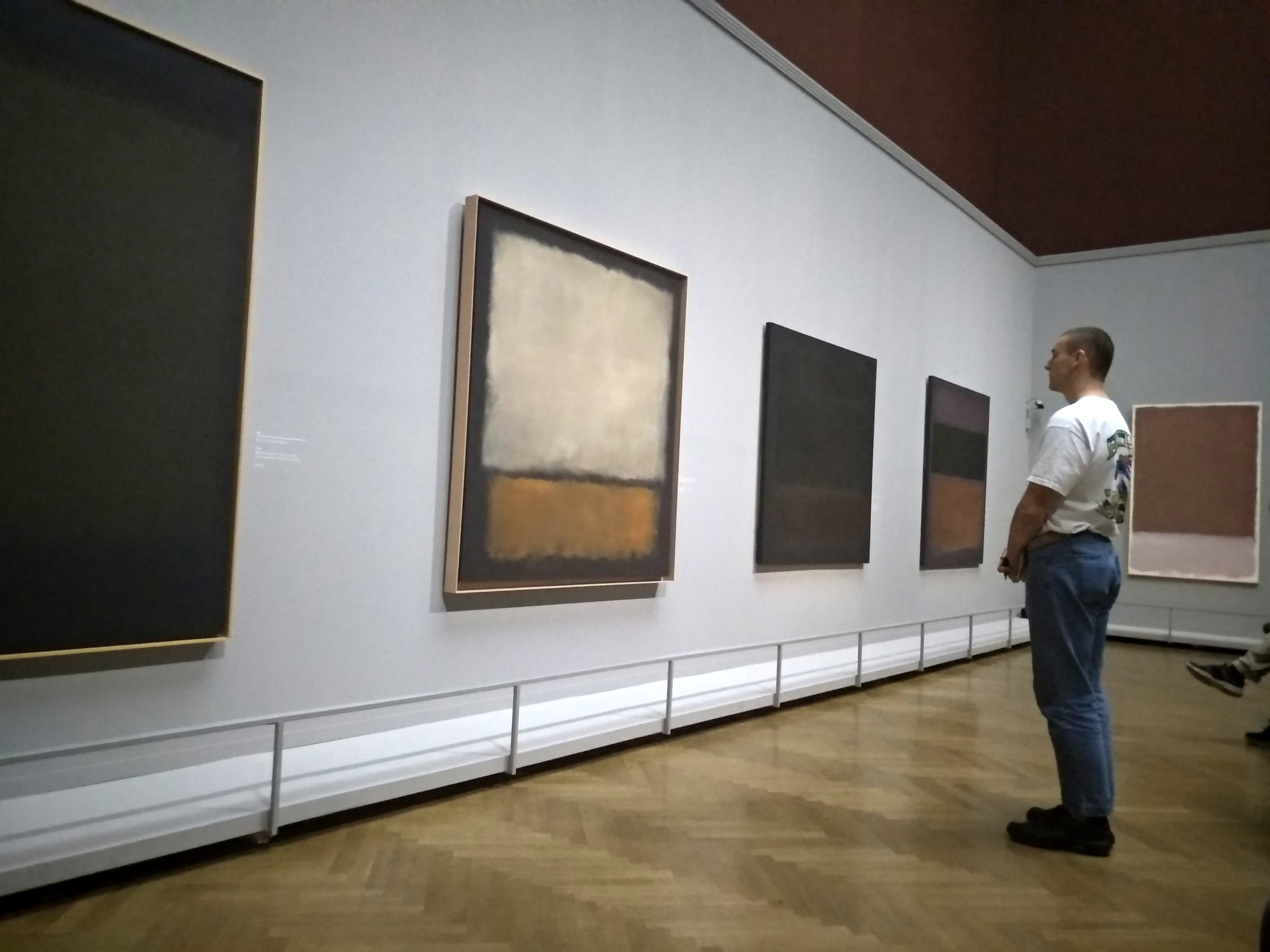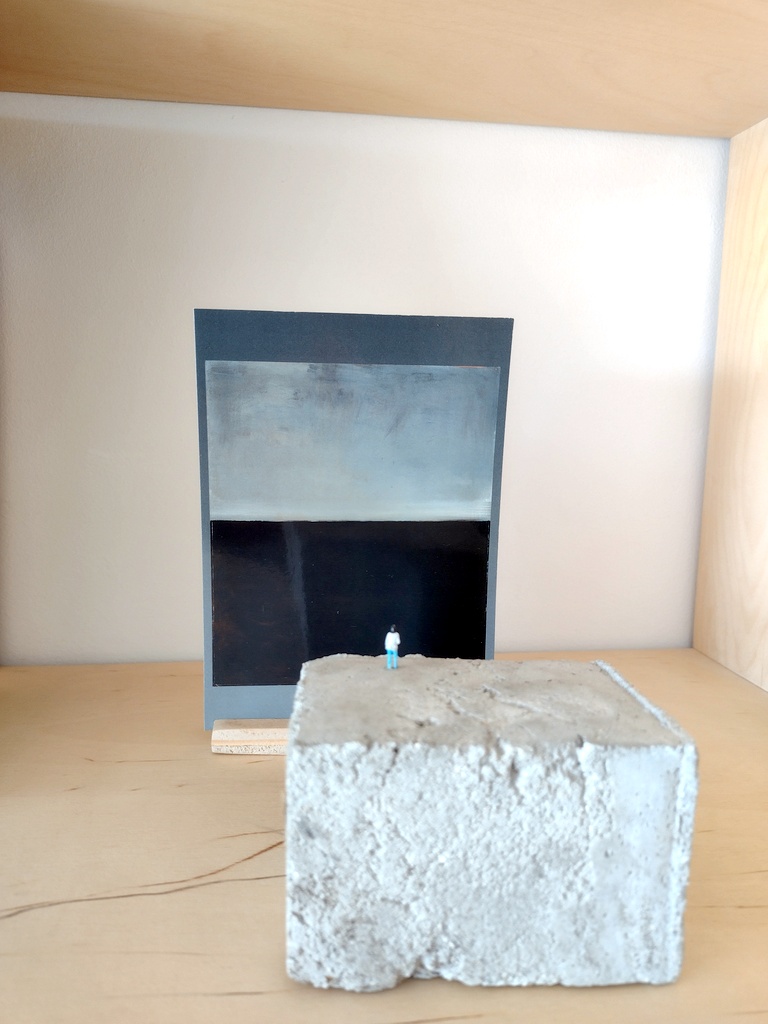La família de Mark Rothko, jueva, emigrà als USA el 1913, procedent de Vitebsk [d’on també era Chagall].
El 1923 comença a estudiar art, després de deixar Yale.
Influït pels expressionistes i Paul Klee, es troba amb el cercle de Milton Avery on també hi ha Barnett Newmann. Explorà l’expressionisme i surrealisme.
El 1946 comença a treballar en les superfícies de colors, [Abstract expressionism]. Escrivia: I think of my pictures as dramas; the shapes in the pictures are the performers. Deixa de posar títols. En diu multiforms. “Rothko’s method was to apply a thin layer of binder mixed with pigment directly onto uncoated and untreated canvas and to paint significantly thinned oils directly onto this layer, creating a dense mixture of overlapping colors and shapes. His brushstrokes were fast and light, a method he would continue to use until his death”.
Viatges a Europa. Commogut per la espiritualitat de Fra Angelico.
Rebutja l’etiqueta de pintor abstracte i afirma que el seu interès és “… only in expressing basic human emotions—tragedy, ecstasy, doom, and so on. And the fact that a lot of people break down and cry when confronted with my pictures shows that I can communicate those basic human emotions … The people who weep before my pictures are having the same religious experience I had when I painted them. And if you, as you say, are moved only by their color relationship, then you miss the point.” [A Viena vaig ser testimoni d’espectadors commoguts].
Als 60 Comença a tenir fama i millora la seva situació econòmica, però no està satisfet amb el que creu que és més una moda i no un acostament espiritual.
Murals Seagram
Rothko Chapel
1970 Suïcidi

